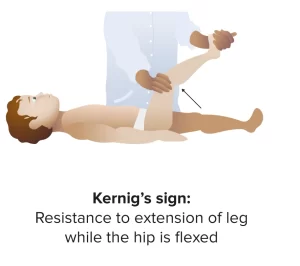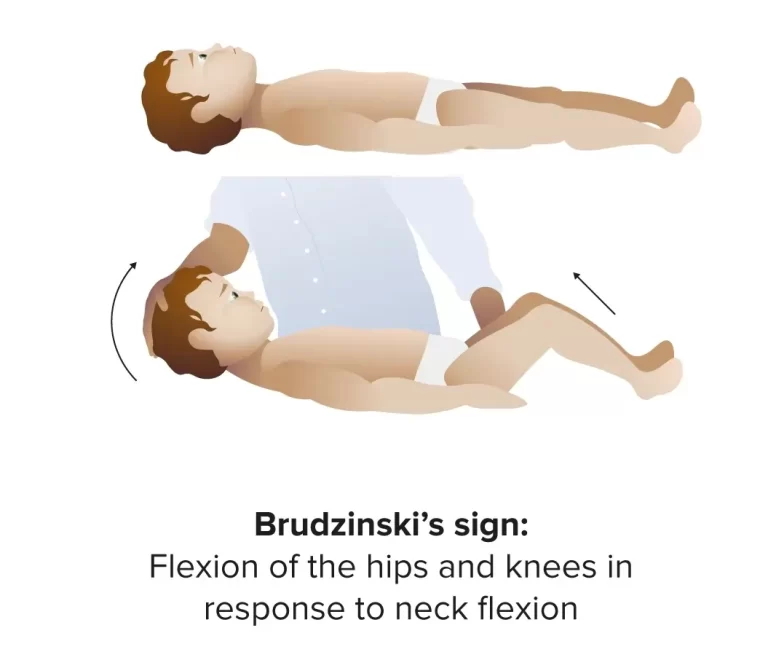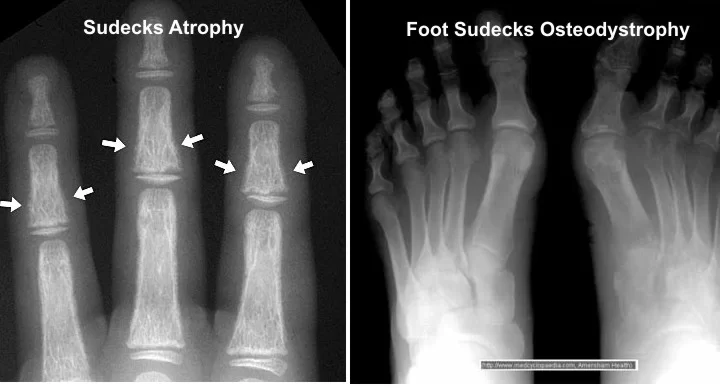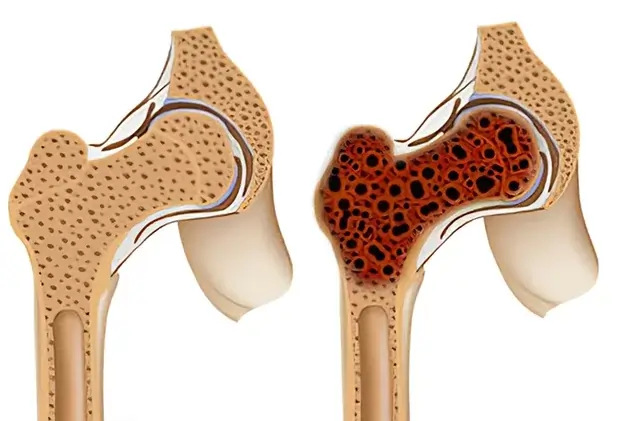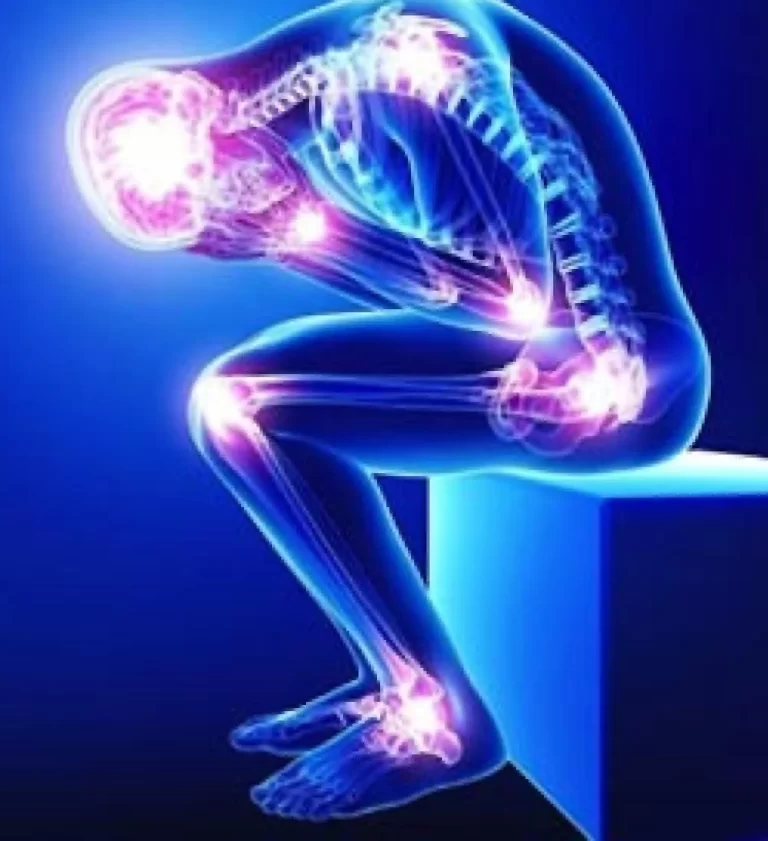Principles of Balance Training
What is Balance? A basic ability for everyday tasks, balance is required to safely complete any kind of movement or activity. Balance is the body’s capacity to keep its center of gravity above its base of support while performing an action. For optimal and continuous motor performance, the vestibular, ocular, and somatosensory systems provide a…



